The Elimination Highway "Phase III": Getting Toxins OUT

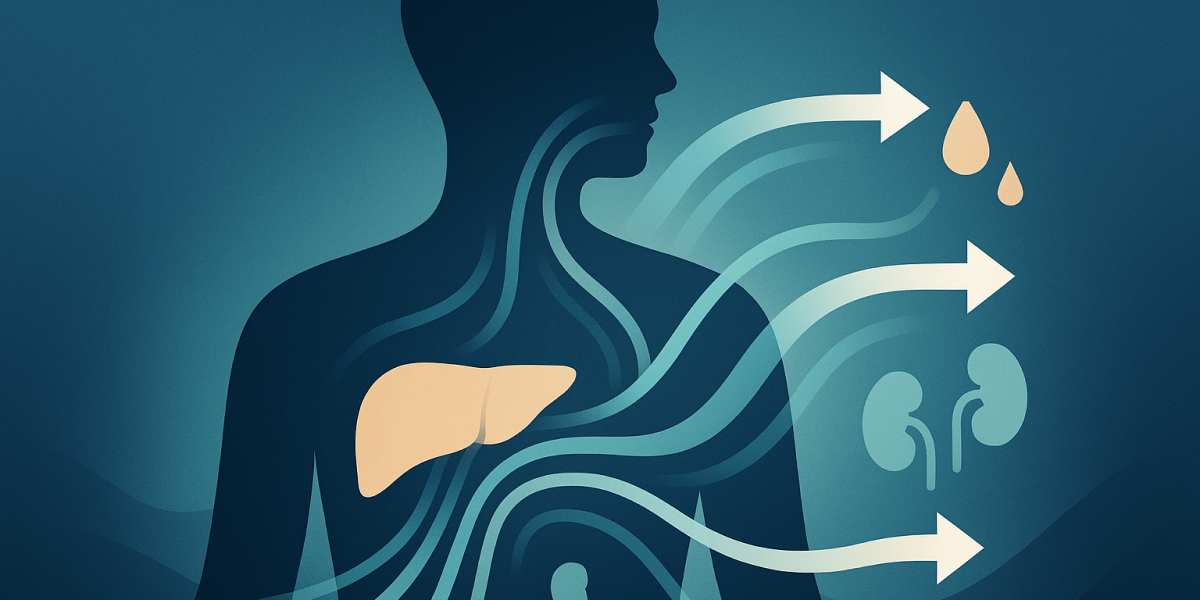
You've transformed toxins in Phase I. You've neutralized them in Phase II. Now comes the final critical step: getting them out of your body. Phase III is where those conjugated, water-soluble compounds actually exit your system. It's also where your antioxidant defense systems work overtime to protect you from all the oxidative stress created during the detoxification process.
Think of Phase III as the shipping and receiving department combined with a hazmat cleanup crew. Transport proteins move the conjugated toxins out of your cells and into your elimination pathways. Meanwhile, your antioxidant enzymes are neutralizing the free radicals and oxidative damage created by Phase I and Phase II. Both functions are essential, and both need support.
Without efficient Phase III, the entire detoxification system backs up. Conjugated toxins get stuck inside your cells. Free radicals accumulate and cause damage. You feel worse, not better, even though Phases I and II might be working perfectly. This is why drainage and antioxidant support are so critical.
The Transport System: Moving Toxins Out of Cells
Before a conjugated toxin can leave your body, it first has to leave your cells. This happens through transporter proteins, primarily the ATP-binding cassette (ABC) family of transporters. These are like molecular pumps that use energy (ATP) to actively push compounds out of cells and into bile, urine, or other elimination pathways.
The most important transporters include:
MRP2 (Multidrug Resistance-Associated Protein 2): Transports glutathione conjugates, glucuronide conjugates, and sulfate conjugates from liver cells into bile. This is crucial for getting toxins into your digestive tract for elimination.
P-glycoprotein (MDR1): Pumps a wide variety of compounds out of cells, including many pharmaceutical drugs, environmental toxins, and metabolic waste products. It's found in your liver, kidneys, intestines, and brain, acting as a protective barrier.
BCRP (Breast Cancer Resistance Protein): Transports toxins and drugs out of cells, particularly important in the liver, kidneys, and brain.
MRP3 and MRP4: Backup transporters that can move conjugates from liver cells back into the bloodstream when bile flow is impaired, allowing elimination through urine instead.
These transporters require energy to function. When you're depleted, stressed, or your mitochondria aren't working well, these pumps slow down. Toxins get stuck inside cells, and you start feeling the effects of impaired detoxification even if Phases I and II are working fine.
The Three Exit Routes
Your body has three main ways to eliminate toxins: through your digestive system via bile and stool, through your kidneys via urine, and through your skin via sweat. All three need to be working efficiently for optimal detoxification.
Exit Route 1: Bile and Stool
This is your primary elimination pathway for most toxins, especially fat-soluble compounds and anything conjugated in Phase II. Here's how it works:
Your liver processes toxins and conjugates them in Phase II. The ABC transporters then pump these conjugated compounds into bile, the greenish-yellow fluid your liver produces. Bile flows from your liver into your gallbladder (where it's stored and concentrated) and then into your small intestine when you eat a meal, especially one containing fat.
Once in your intestines, those conjugated toxins should bind to fiber and get carried out in your stool. This is the ideal scenario. But here's where things can go wrong.
The enterohepatic recirculation problem:
Remember from Article 3: The Neutralizer how certain gut bacteria produce beta-glucuronidase, an enzyme that can reverse glucuronidation? This is where that becomes a major issue. If you have dysbiosis (an imbalanced gut microbiome) with too many bacteria producing beta-glucuronidase, they can split the conjugated toxins back apart. The toxin becomes unconjugated again and gets reabsorbed through your intestinal wall, sent back to your liver, and the whole cycle starts over.
This is called enterohepatic recirculation, and it's a huge problem. Instead of eliminating toxins, your body keeps recycling them. This is particularly problematic for estrogen. If you can't eliminate estrogen efficiently because of enterohepatic recirculation, you develop estrogen dominance with all its associated symptoms.
The constipation disaster:
If you're not having at least one well-formed bowel movement per day, you're not detoxifying properly. Period. When stool sits in your colon for too long, more time is available for toxins to be reabsorbed. The longer the transit time, the more opportunity for enterohepatic recirculation and toxin reuptake.
Chronic constipation isn't just uncomfortable. It's a detoxification crisis. Your body worked hard to neutralize and package those toxins for elimination, and now they're just sitting there, potentially being reabsorbed.
Supporting bile and stool elimination:
- Eat adequate fiber (25-35 grams per day minimum) to bind toxins and support regular bowel movements
- Include bitter foods and herbs (arugula, dandelion greens, coffee, dark chocolate) that stimulate bile production
- Eat healthy fats with meals to trigger gallbladder contraction and bile release
- Support your gut microbiome with fermented foods and probiotics to reduce beta-glucuronidase activity
- Stay hydrated so stool doesn't become hard and difficult to pass
- Consider calcium D-glucarate, a supplement that inhibits beta-glucuronidase and prevents enterohepatic recirculation
- Address any underlying gut issues (SIBO, dysbiosis, inflammation) that impair elimination
Exit Route 2: Urine and Kidneys
Your kidneys filter your blood continuously, removing water-soluble waste products and toxins. Phase II conjugation makes toxins water-soluble specifically so they can be eliminated through urine.
The kidneys process about 180 liters of blood per day, filtering out waste while retaining the nutrients and compounds your body needs. Conjugated toxins, excess hormones, metabolic waste products, and other compounds get concentrated in urine and eliminated.
Supporting kidney elimination:
- Stay well hydrated (your urine should be pale yellow, not dark)
- Don't hold your urine for long periods (this allows more time for potential reabsorption)
- Support kidney health with adequate magnesium, B vitamins, and antioxidants
- Avoid excessive NSAIDs (ibuprofen, naproxen) which can impair kidney function over time
- Limit alcohol, which dehydrates you and burdens kidney function
- Consider herbs that support kidney function like parsley, nettle, and dandelion leaf
Exit Route 3: Skin and Sweat
Your skin is your largest organ and a legitimate elimination pathway. Sweating removes toxins including heavy metals, BPA, phthalates, and other environmental chemicals. While it's not your primary detox route, it's a valuable backup system.
Studies have shown that sweat can contain concentrations of certain toxins (particularly heavy metals and some persistent organic pollutants) that exceed what's found in blood or urine. This suggests that sweating is actually an important complementary elimination pathway, especially for compounds that don't readily exit through bile or urine.
Supporting sweat elimination:
- Regular exercise that makes you sweat
- Sauna use (infrared or traditional) several times per week
- Hot yoga or other activities that promote sweating
- Stay hydrated before and after sweating to support the process
- Shower after sweating to remove toxins from your skin surface so they're not reabsorbed
The Antioxidant Defense System
While all this detoxification is happening, your body is generating oxidative stress. Phase I creates free radicals. The reactive intermediates that Phase II neutralizes are themselves oxidizing agents. The entire process, while necessary, creates cellular damage if left unchecked.
This is where your antioxidant defense systems come in. These are the enzymes and molecules that neutralize free radicals, prevent oxidative damage, and protect your cells while detoxification is happening. Without robust antioxidant defenses, detoxification becomes destructive.
The Major Antioxidant Enzymes
Superoxide Dismutase (SOD):
This is your first line of defense against superoxide radicals, one of the most common and damaging free radicals produced during metabolism and detoxification. SOD converts superoxide into hydrogen peroxide (still harmful, but less so), which is then handled by other antioxidant enzymes.
There are three types of SOD in your body, each requiring different mineral cofactors:
- SOD1 (in cytoplasm) requires copper and zinc
- SOD2 (in mitochondria) requires manganese
- SOD3 (extracellular) requires copper and zinc
What it needs:
- Copper from shellfish, organ meats, nuts, and seeds
- Zinc from oysters, red meat, poultry, and pumpkin seeds
- Manganese from nuts, whole grains, and leafy greens
Genetic variants: The SOD2 gene has a common variant (Val16Ala) that affects how efficiently the enzyme gets into mitochondria. People with certain variants may have reduced SOD2 activity and higher oxidative stress in their mitochondria.
Catalase:
Catalase takes the hydrogen peroxide created by SOD and breaks it down into harmless water and oxygen. This enzyme is incredibly fast, processing millions of hydrogen peroxide molecules per second.
What it needs:
- Iron as a cofactor
- Overall good nutrition to support enzyme production
Glutathione Peroxidase (GPX):
This selenium-dependent enzyme also breaks down hydrogen peroxide and other peroxides, working alongside catalase. It's part of the reason why glutathione is so critical for detoxification. It's both conjugating toxins in Phase II AND protecting you from oxidative stress in Phase III.
What it needs:
- Selenium (Brazil nuts are the richest source)
- Adequate glutathione production (see Article 3)
Genetic variants: GPX1 has variants that affect enzyme activity. Reduced GPX activity means less capacity to neutralize peroxides and more oxidative stress.
The NRF2/KEAP1 System: The Master Regulator
NRF2 (nuclear factor erythroid 2-related factor 2) is a transcription factor that regulates the expression of hundreds of genes involved in antioxidant defense and detoxification. It's like a master switch that turns on your body's protective systems when it detects oxidative stress.
Under normal conditions, NRF2 is kept inactive by a protein called KEAP1. But when oxidative stress increases, KEAP1 releases NRF2, allowing it to enter the nucleus and turn on genes for:
- Antioxidant enzymes (SOD, catalase, GPX)
- Phase II detoxification enzymes
- Glutathione production
- Other protective proteins
This is your body's way of ramping up defenses when under attack. The NRF2 system is why certain foods and compounds are so protective.
What activates NRF2:
- Sulforaphane from cruciferous vegetables (broccoli, especially broccoli sprouts)
- Curcumin from turmeric
- EGCG from green tea
- Resveratrol from grapes and berries
- Quercetin from onions and apples
- Exercise and intermittent fasting
Notice that cruciferous vegetables keep showing up? They support Phase I, Phase II (glutathione and sulfation), and Phase III (NRF2 activation). They're detox superstars.
Other Key Antioxidants
Beyond the enzymatic systems, you also need non-enzymatic antioxidants from your diet:
Vitamin C: Water-soluble antioxidant that neutralizes free radicals, regenerates vitamin E and glutathione, and supports immune function. Found in citrus fruits, berries, peppers, and leafy greens.
Vitamin E: Fat-soluble antioxidant that protects cell membranes from oxidative damage. Found in nuts, seeds, and vegetable oils.
Glutathione: As we discussed in Article 3, glutathione is both a Phase II conjugator and a critical antioxidant. It neutralizes free radicals and regenerates other antioxidants.
Carotenoids: Beta-carotene, lycopene, lutein, and other carotenoids from colorful vegetables provide antioxidant protection. The more colors on your plate, the better.
Polyphenols: Plant compounds from berries, tea, coffee, dark chocolate, and spices provide powerful antioxidant and anti-inflammatory effects.
When Phase III Gets Stuck
When elimination pathways are compromised or antioxidant defenses are depleted, you feel it. Signs that Phase III needs support include:
- Chronic constipation or irregular bowel movements
- Dark, concentrated urine suggesting dehydration
- Intolerance to heat or inability to sweat properly
- Signs of oxidative stress (premature aging, chronic inflammation, fatigue)
- Skin issues (rashes, acne, eczema) as your body tries to eliminate through the skin
- Feeling worse when you try to "detox" (suggesting drainage pathways are blocked)
- Chemical sensitivities
- Hormone imbalances from enterohepatic recirculation
Supporting Phase III: Drainage and Defense
Supporting Phase III is about two things: keeping drainage pathways open and maintaining robust antioxidant defenses.
For drainage and elimination:
- Prioritize fiber from vegetables, fruits, legumes, and whole grains (25-35 grams daily)
- Stay hydrated (half your body weight in ounces of water daily as a baseline)
- Support gut health with fermented foods, probiotics, and prebiotics
- Include bitter foods and healthy fats to stimulate bile flow
- Move your body daily to support lymphatic drainage and elimination
- Sweat regularly through exercise or sauna
- Address constipation aggressively (it's not optional for detoxification)
For antioxidant defense:
- Eat a rainbow of colorful vegetables and fruits daily
- Load up on cruciferous vegetables for sulforaphane and NRF2 activation
- Include copper and zinc-rich foods for SOD
- Get selenium from Brazil nuts (just 2-3 per day)
- Consider glutathione/NAC supplementation as discussed in Article 3
- Include vitamin C-rich foods daily
- Don't fear healthy fats (vitamin E is fat-soluble and protects cell membranes)
- Support your mitochondria with CoQ10-rich foods (organ meats, fish) or supplementation
- Get adequate sleep (your antioxidant systems regenerate during sleep)
The same pattern emerges:
Whole foods. Colorful vegetables. Adequate protein. Key minerals (copper, zinc, selenium, manganese, magnesium). B vitamins. Movement. Hydration. Sleep. These are the same fundamentals that support every phase of detoxification.
The Complete Picture
Phase III completes the detoxification cycle. Toxins that were activated in Phase I and neutralized in Phase II now exit your body through bile, urine, or sweat. Meanwhile, your antioxidant systems protect your cells from the oxidative damage created during the entire process.
When all three phases work together, you feel energized, clear-headed, and resilient. When any phase is compromised, the whole system backs up and you feel the consequences.
In the final article, we'll bring everything together. We'll talk about how your genetics influence all three phases, how to assess your own detoxification capacity, and how to create a personalized approach based on your unique biochemistry. We'll also address the elephant in the room: why the fundamentals keep showing up across every phase, and why that's actually great news.
Your body is an incredible detoxification machine. Phase III is where all that hard work finally pays off and toxins leave your system for good. Let's make sure those drainage pathways stay open and those antioxidant defenses stay strong.



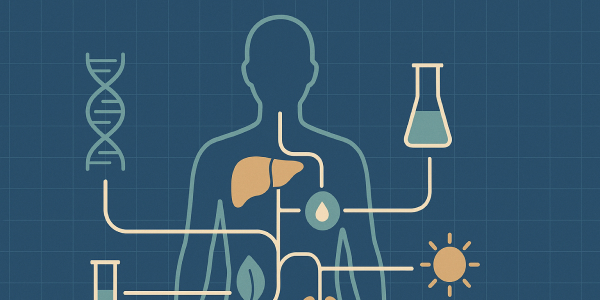
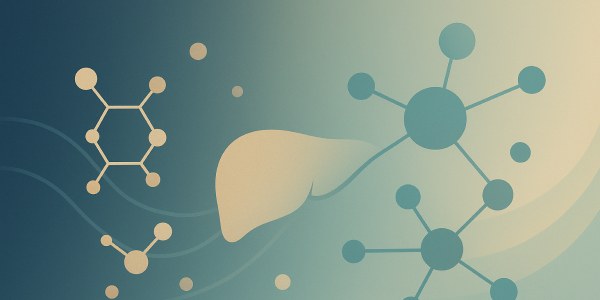

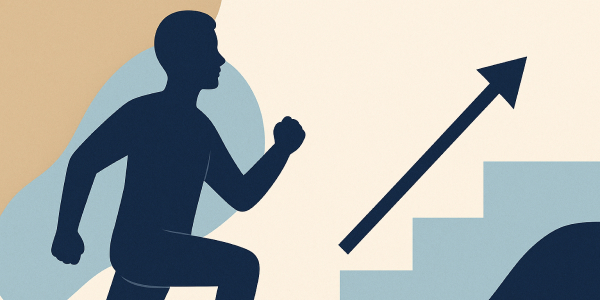
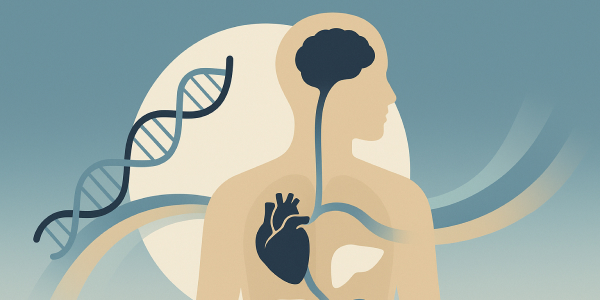
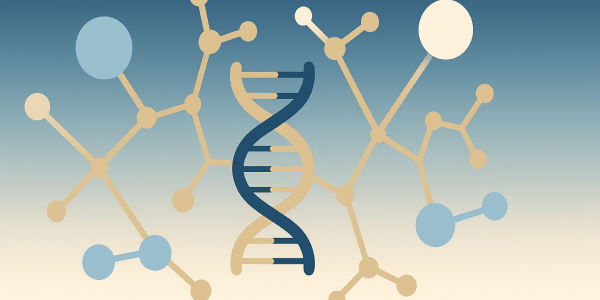

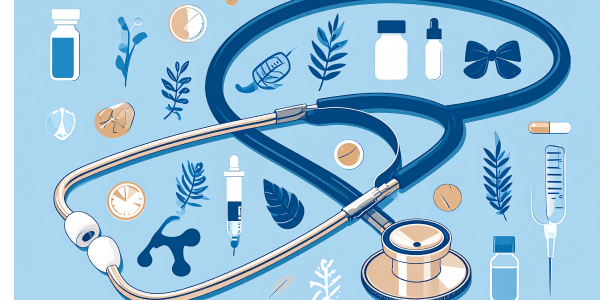
.svg)